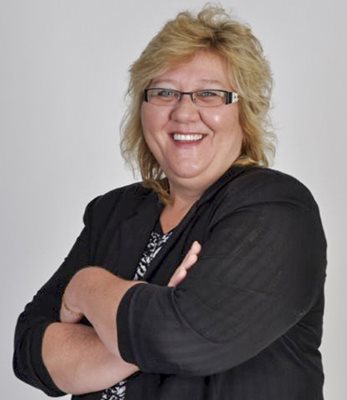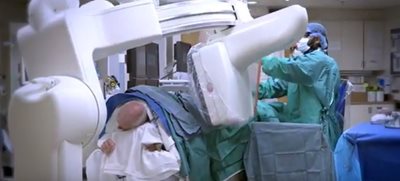Medical imaging is a vital component of modern health care, and every year thousands of people across southern Saskatchewan rely on imaging to help their medical teams diagnose and treat diseases and injuries. Powerful imaging technology, like computerized tomography (CT) scans, magnetic resonance imaging (MRI) scans, X-rays and ultrasounds, can help assess a brain injury, perform localized chemotherapy and screen for cancer, among countless other uses.
Thanks to advances in technology, more can be done through medical imaging than ever before. In 2021, 41,245 CT scans, 21,519 ultrasounds and 18,963 MRIs were performed in Regina’s hospitals. However, equipment and technology can become outdated rapidly. That is why the Foundation made medical imaging its priority in 2018 and committed $3.6 million for two new ultrasound machines, a CT scanner and a refurbished MRI.
“Almost every patient encounters medical imaging during their journey of care,” says Dr. Kunal Goyal, department head of medical imaging, Saskatchewan Health Authority.
“Advances in technology allow us to perform cutting-edge procedures in a better, safer way that allows for shorter patient wait and recovery times.”
The Foundation’s commitment also includes a new interventional radiology (IR) suite. Interventional radiology uses minimally-invasive, image-guided procedures to diagnose and treat diseases and injuries. For example, a cancer patient can have chemotherapy administered directly to a tumour. These procedures carry less risk and result in less pain and quicker recovery for patients. In 2021, the IR suite at Regina General Hospital saw 5,146 patients and performed 6,767 procedures. The number of people treated in interventional radiology is only expected to grow as technology advances and more conditions can be treated outside of a traditional operating room environment.
To learn more about the incredible, non-invasive procedures performed in the IR suite, watch this
short video and read these stories:
Bonnie Cameron
 Edwin Yates
Edwin Yates
